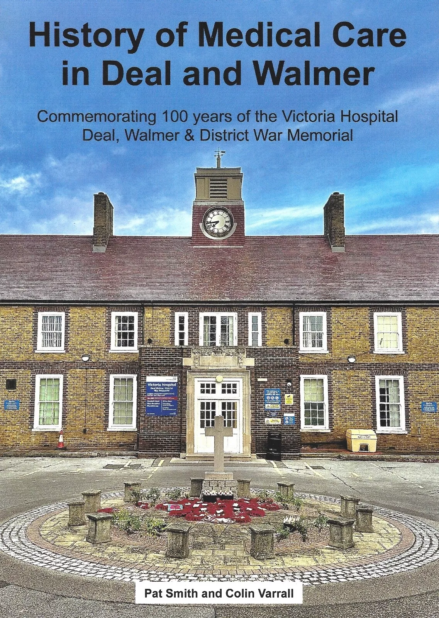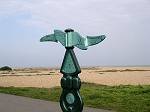A History of Local Health Provision
The location of Deal and Walmer on the southeast coast of Kent made them significantly important in British history, especially in times of conflict. The population grew from its ancient beginnings on higher ground inland and moved down to the coastal strip along the beach. It also fluctuated in size. Medical facilities were needed by both the civilian and military populations. Initially "hospital" care was provided for sick and wounded seamen, followed by a military hospital.
There were surgeons treating civilians from the 17th century if they could afford a consultation, but the nearest civilian hospital was in Canterbury, again only available at a cost. lt was only in the 19th century that the philanthropic dispensary scheme came to Deal, after the founding of a naval hospital. Thanks to voluntary financial support from the community this dispensary provision developed into a Cottage Hospital which, together with Voluntary Aid and Auxiliary Hospitals during the Great War, continued to serve the community through voluntary financial support until after that tragic conflict.
Many communities wished to commemorate the great losses in tangible ways. The population of Deal and Walmer joined other communities in creating hospitals as war memorials, again through voluntary financial efforts. Thus, the new Victoria Hospital, Deal, Walmer & District War Memorial, was opened by HRH Prince Henry in 1924.
As of 2024, this hospital has continued to serve the local population for 100 years, including the influx of miners with the development of the Kent Coalfield between the wars. It continues to do so as part of the National Health Service and with the support of the Friends of the Hospital volunteers.
A more detailed record of local health provision can be found in the 120-page illustrated book "The History of Medical Care in Deal and Walmer" by Pat Smith and Colin Varrall (published by Addelam Books in 2024, price £10). It pays tribute to all the efforts by the community, explains links with some historic names and buildings in the area and presents another aspect in the history of Deal and Walmer. Proceeds from sales of the book will help in raising funds for the League of Friends of Deal Hospital.


